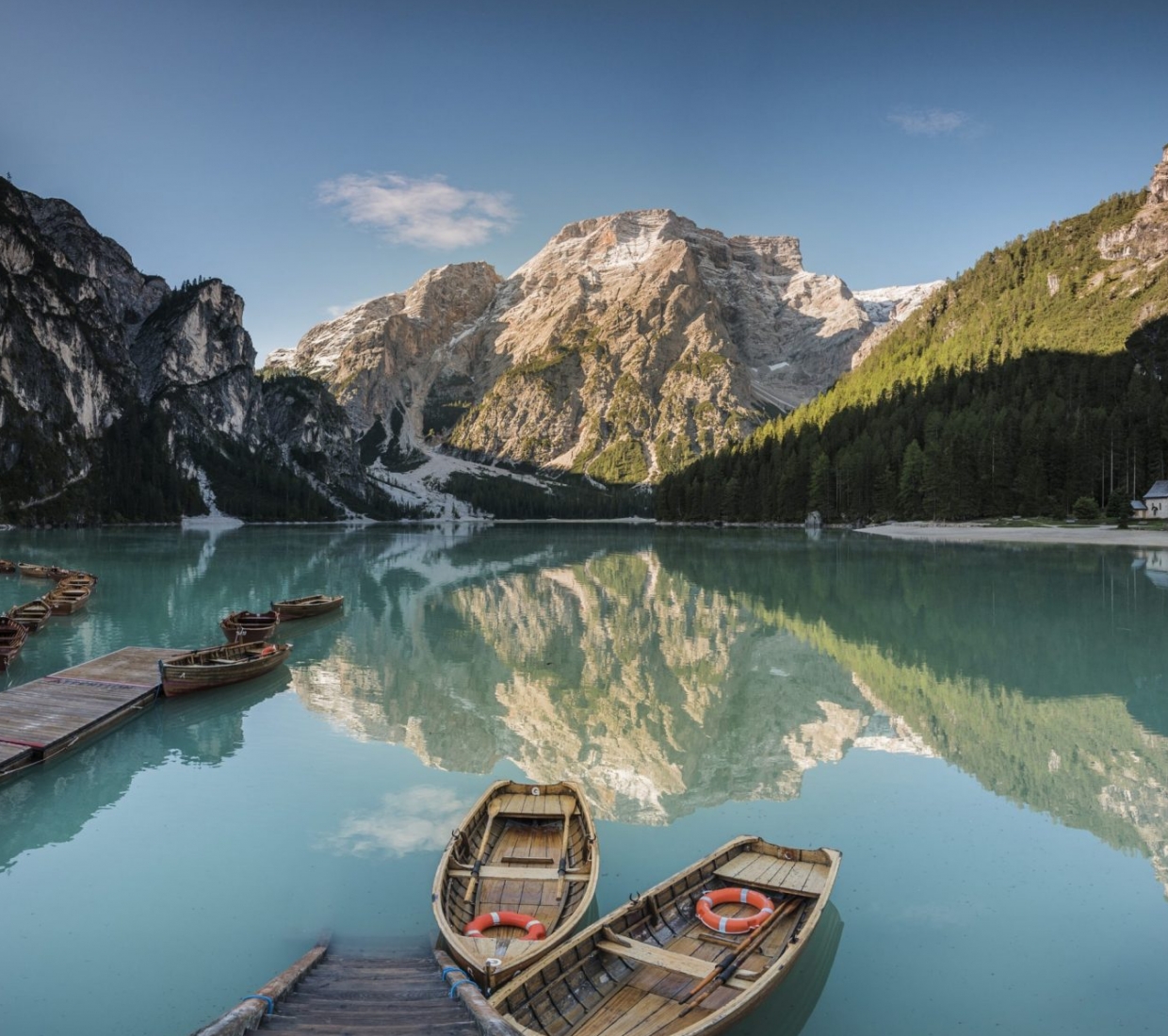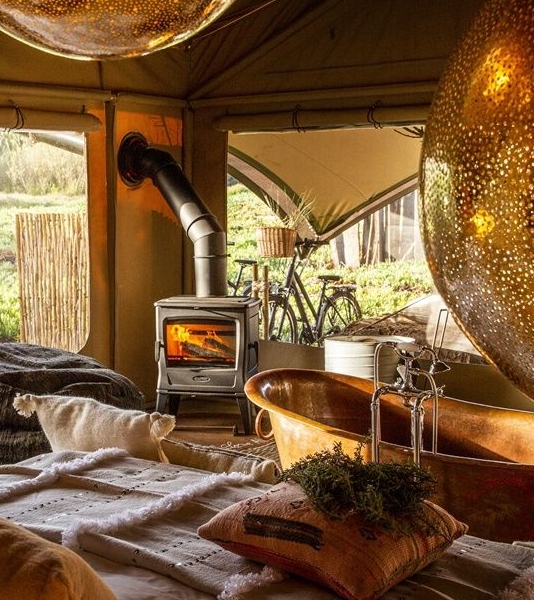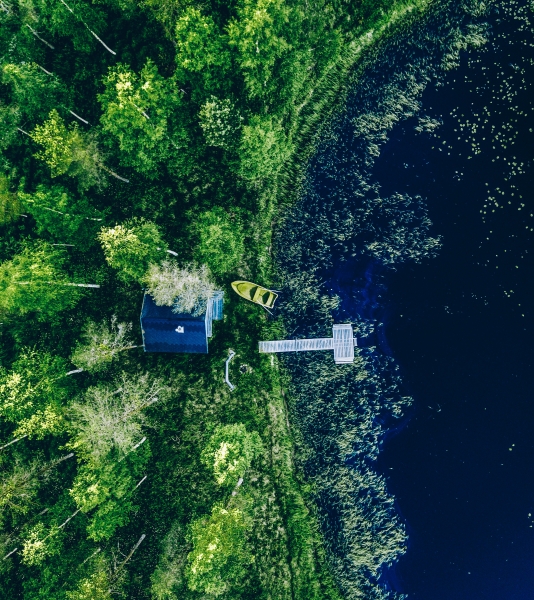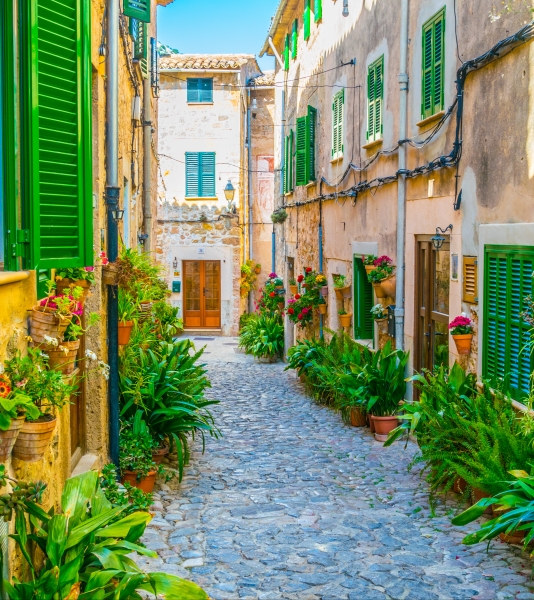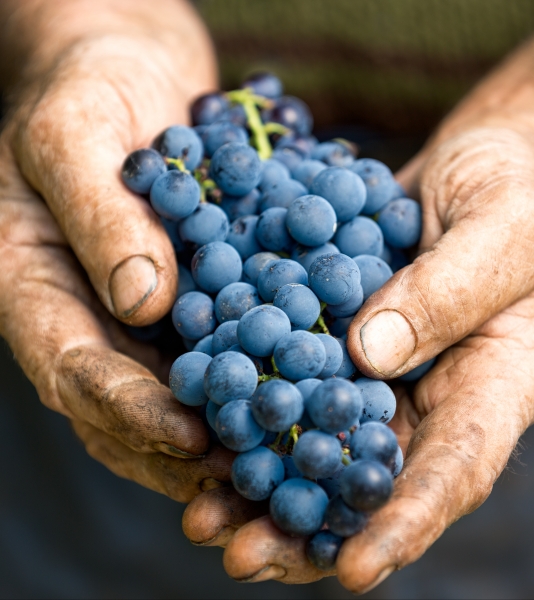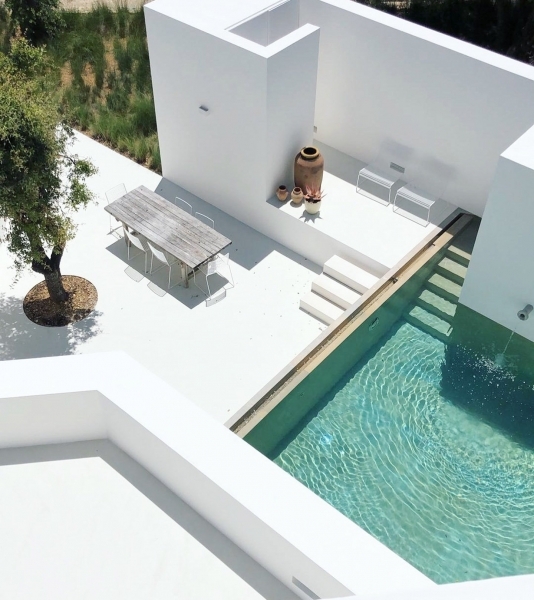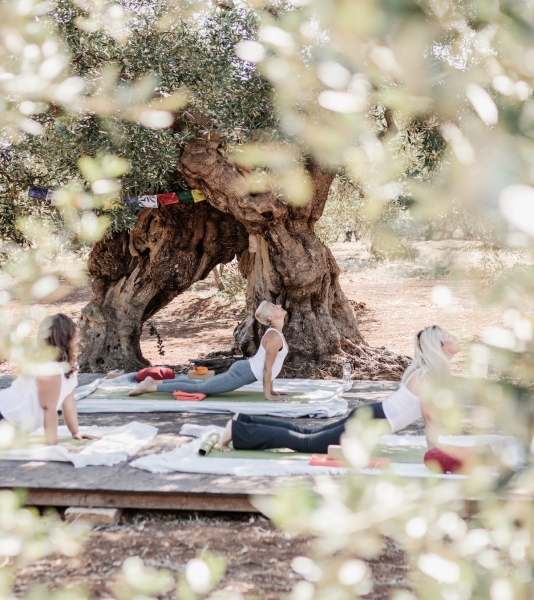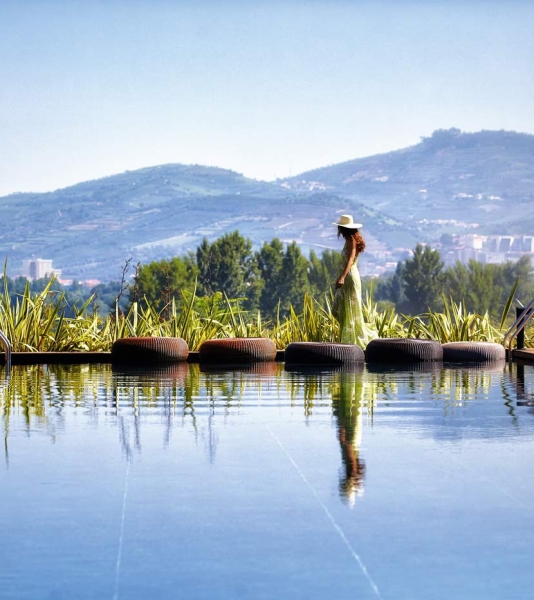Where to stay in South Tyrol, Trentino Alto Adige
Let's face it, with the stunning landscapes in South Tyrol, it's not too difficult to find great accommodation. But we wouldn't be Secretplaces if we didn't aim to go the extra mile and find something unique. Our lovingly selected best boutique hotels in South Tyrol range from romantic mountain hotels with views of the Dolomites, to great family hotels in South Tyrol in beautiful locations, to 5-star luxury hotels with views of the Alps; all with their own unique charm and character. But we have also discovered particularly beautiful holiday flats and cottages in South Tyrol for you, if you want to be more independent and get to know the local culture up close. There is something for everyone in our collection and if not, don't hesitate to contact us.
Where to go in South Tyrol, Trentino Alto Adige
Welcome to South Tyrol, an enchanting region in Northern Italy known for its stunning Alpine landscapes, rich cultural heritage, and exquisite culinary scene. If you're looking for a unique vacation experience, we have put together a handpicked selection of boutique hotels and holiday homes that cater to different tastes and preferences.
The crossroads between Germany, Austria and Italy has given this region a very particular heritage. As a result of this mix of influences, Trentino - South Tyrol can boast a unique identity that will not fail to surprise you, besides being located in an absolutely privileged enclave. Our handpicked selection of hotels in South Tyrol ranges from romantic mountain hotels overlooking the Dolomites, to superb family hotels in beautiful locations, to 5-star luxury hotels overlooking the Alps; all with their own charm and character. But we have also discovered particularly beautiful vacation apartments and villas in South Tyrol for you, if you want to be more independent and get up close and personal with the local culture. In our collection there is something for every taste, and if not, please do not hesitate to contact us
For those who appreciate the finer things in life, South Tyrol boasts an impressive collection of luxury and boutique hotels with beautifully decorated rooms, personalised services, and exceptional amenities that cater to the discerning traveller. Alternatively, if you're looking for a more intimate experience, you might consider a holiday home. Take a look at our curated list of romantic holiday flats and homes on local farms, all of which offer a unique experience that will allow you to immerse yourself in the local culture. No matter what type of accommodation you prefer, South Tyrol has something for everyone. From the charming town of Brixen to the picturesque village of Merano, you'll find a wealth of beautiful and authentic places to stay. Here are some of the most beautiful and authentic places to stay in South Tyrol.
We have created a small guide to help you during your stay in South Tyrol:
- where to stay in South Tyrol: best places to stay, hidden gems, and recommendations
- what to do in South Tyrol: local spots to visit
- off-the-beaten-track activities in South Tyrol: winter sports and cultural sights
- the gastronomical delights of South Tyrol
If you have certain interests or already know what type of accommodation you are looking for, the following collections might help you find the perfect place to stay:
South Tyrol and Trentino - Alps, the Dolomites and marvellous landscapes
With a varied landscape rich in natural beauty and cultural as well as culinary delights, it's hard not to get excited about South Tyrol. With its castles, historic churches and museums, it is a fantastic place to discover art, history and culture.
The history of the province dates to Roman times. Traces of ancient Tridentum can still be seen in the archaeological site in the centre of Trento, as well as the Renaissance style that still clings to the façades of some palaces. However, the most important influences date back to the period between 1814 and 1918, when the region still belonged to Austria. Only with the peace treaty signed after the First World War did the entire region of South Tyrol become part of Italy.
One could joke about an identity problem, because the people in South Tyrol are quieter than the Italians in the south, yet more open-minded than the Germans in the north. Not quite Italian, not quite German - a world all to themselves, so to speak. A place where German pragmatism, Italian passion and Austrian climbing culture meet to create a perfect storm of rich culture and breathtaking beauty. Trentino is a mainly mountainous province, rich in rivers, torrents and numerous lakes, clusters and chains of mountains of singular beauty, divided in two by the valley of the river Adige, so whatever nationality it chooses to be there is no denying the beauty of the region.
Explore the remote Alpe di Siusi, Europe's largest high-altitude pasture, where tranquility and natural beauty abound. Venture to the idyllic Val di Funes, a hidden valley embraced by majestic peaks and adorned with traditional mountain huts. Unveil the mystical Lago di Braies, an emerald-green lake surrounded by lush forests and awe-inspiring cliffs.
Traverse the breathtaking Tre Cime di Lavaredo, a trio of dramatic peaks that beckon hikers and climbers alike. The magnificent vistas from the tracks, which showcase sharp rock formations and glacial valleys, make it a haven for nature lovers and photographers. Tre Cime di Lavaredo captivates with its unsurpassed beauty, leaving tourists in awe of this natural marvel, whether exploring the lovely meadows around the peaks or going to higher altitudes.
To the west one finds the glaciers of the group Adamello-Presanella-Care Alto and the group of Brenta. To the east the groups of Lagorai, Latemar, the Dolomites of Fassa, and the Pale di S. Martino.
Many alpine valleys break away from the valley of Adige: the Valsugana, the Vallarsa, the Val di Non, the Val di Sole, the Val di Cembra, Fiemme and Fassa; inside instead the valley Giudicarie and Rendena. The principle lakes are those of Garda, Caldonazzo, Tovel and Ledro; thermal waters gush forth from springs rich in therapeutic properties. Extensive coniferous forests cover the dolomitic slopes and wide tablelands like those of Folgaria, Lavarone and Pine.
South Tyrol - what to do
Trentino is a true paradise for winter sports enthusiasts! The Dolomites, declared a UNESCO World Heritage Site, make up the largest part of Trentino. In addition to the 800 kilometres of slopes, there are numerous snow parks, family-friendly ski areas with qualified ski instructors and snow kindergartens. Winter is wonderful for winter sports enthusiasts and in some places, such as the Marmolada, the Stelvio and the Tonale, you can also ski in summer.
As already mentioned, there is a rich and varied cultural life in South Tyrol between mountain and valley. As a meeting point of cultures from the north and south, South Tyrol has significant influences from the German- and Romansh-speaking areas. The traditional customs of the various valley settlements still reflect old traditions and crafts, historical awareness and the value of uniqueness and homeland.
In practically every valley in South Tyrol there are castles and palaces that bear witness to an eventful past. They lend the breathtaking natural scenery a beauty all of its own. The churches and monasteries are also remarkable, including the Säben Monastery, which towers over the Eisack Valley and is undoubtedly one of South Tyrol's landmarks.
Special attractions for culture lovers are, for example, the Knottnkino in Vöran with its breathtaking panoramic view, the time-honoured Rittnerbahn railway or the ever-popular photo locations such as the Messner Mountain Museum Corones at Kronplatz.
The 90 or so museums scattered throughout the country on a wide variety of topics, such as the Ötzi Museum in Bolzano, the Schneeberg Mining World in Ridnaun or the Touriseum in Merano are further examples of South Tyrol's rich cultural heritage.
The magical realm of legends, famous personalities such as Reinhold Messner and various cultural events that take place throughout the year are also part of South Tyrol's culture.
From sporting activities to cultural and educational opportunities, South Tyrol offers a rich variety of things to do to make your stay exciting.
Gastronomy in South Tyrol
The typical gastronomy of South Tyrol is the result of a mixture of traditional Italian cuisine, Swiss and Austrian influences, and the presence of typical products of the cold mountain regions. For example, sausages such as Speck, a juniper-flavoured ham cured in salt and then smoked, which is typical of the whole of the Tyrol, are very common, and Kaminwurz, another smoked sausage made from pork or deer meat, is also very well-known.
The cheeses of South Tyrol are highly appreciated, as the area is known for its large milk production. Asiago, Grana Trentino, or Casolet are particularly well known here. And, as in all of northern Italy, polenta (a dish made from corn flour) is used as a side dish in many recipes. Also widespread are mushrooms, cabbage, and the region's famous apples, especially those from the Val di Non, from which the famous apple strudel, a very Austrian dessert, is made. But wine is also produced here, with varieties such as Merlot or Chardonnay, but also sparkling wine.
Our collections
Don’t know where to go? Let our collections inspire you.

